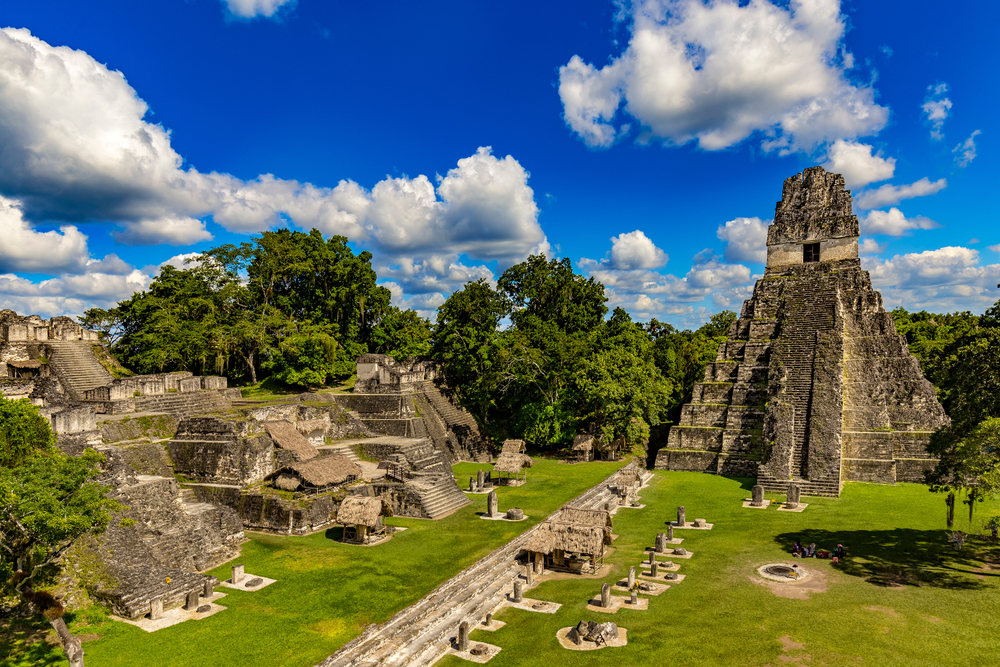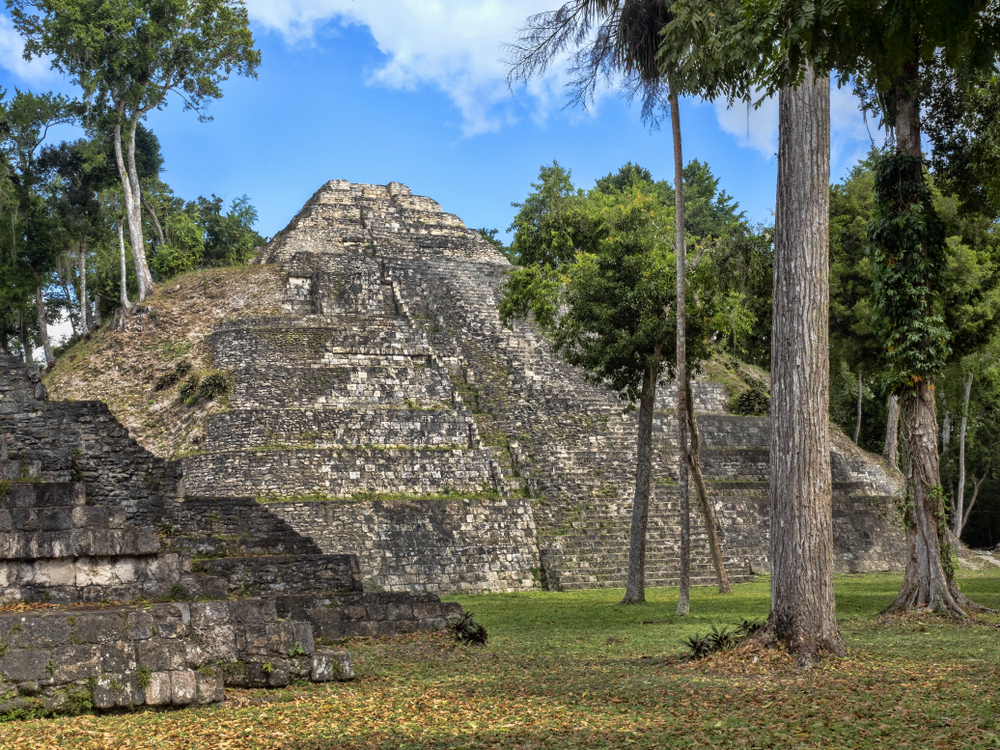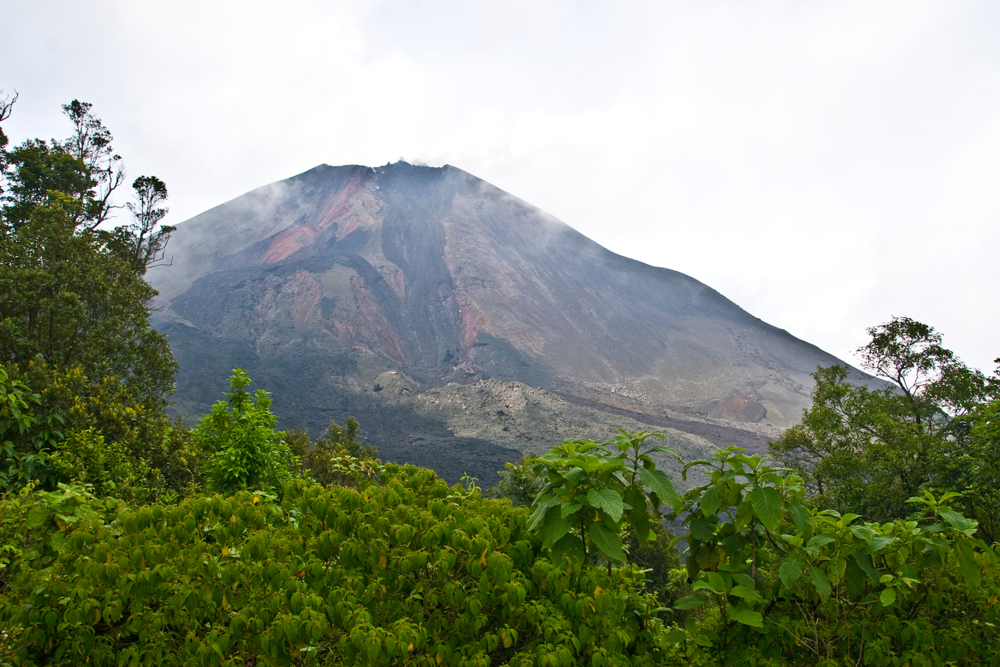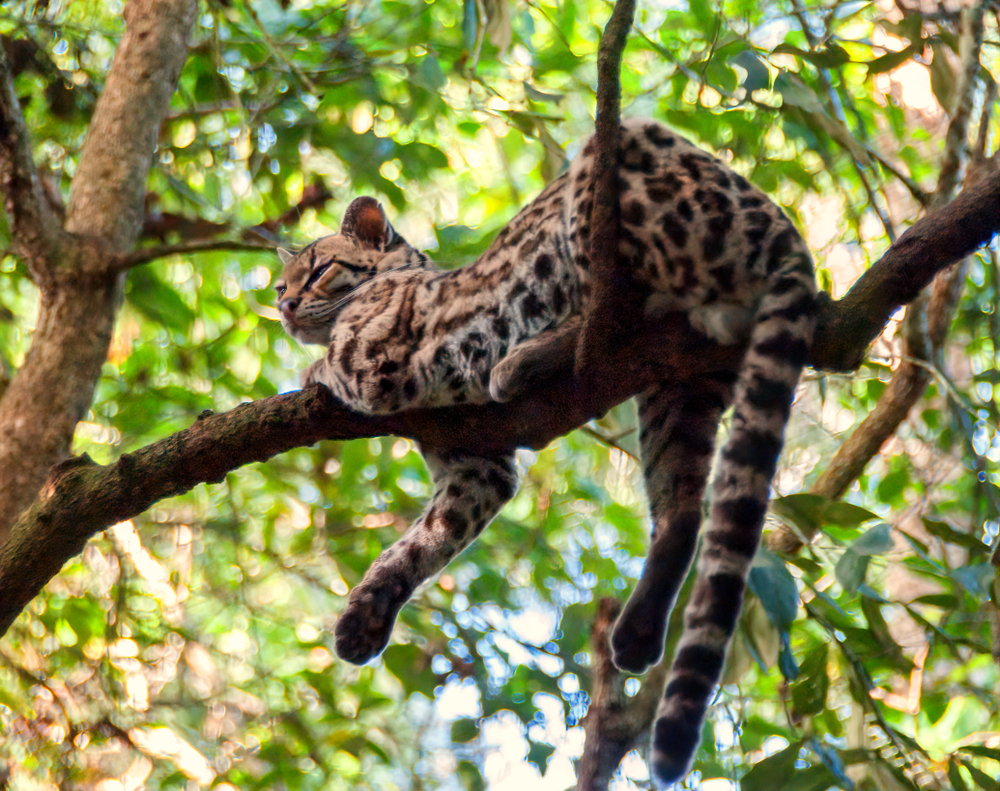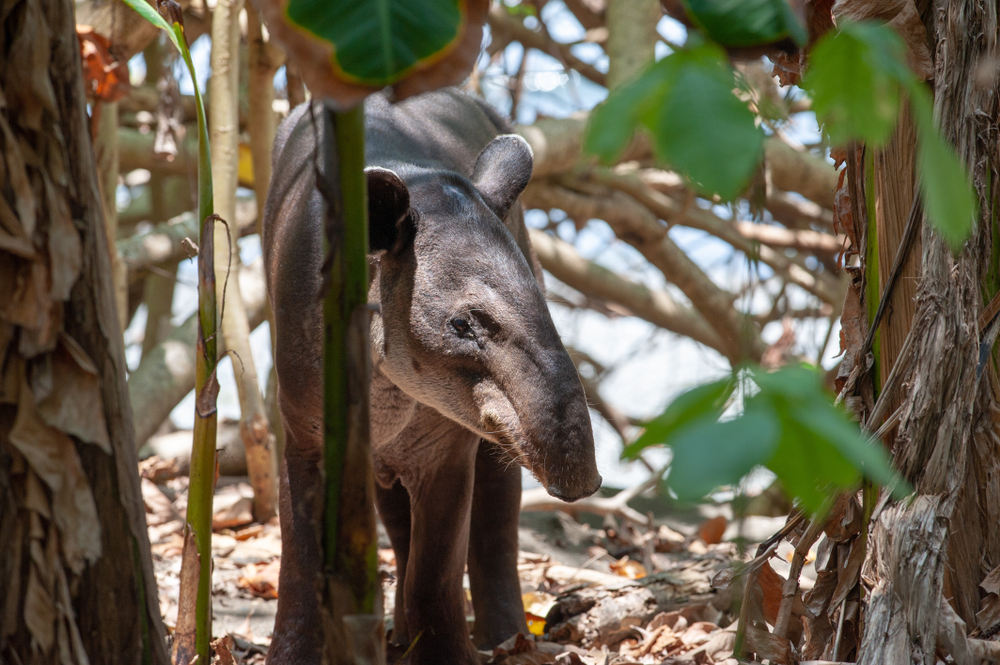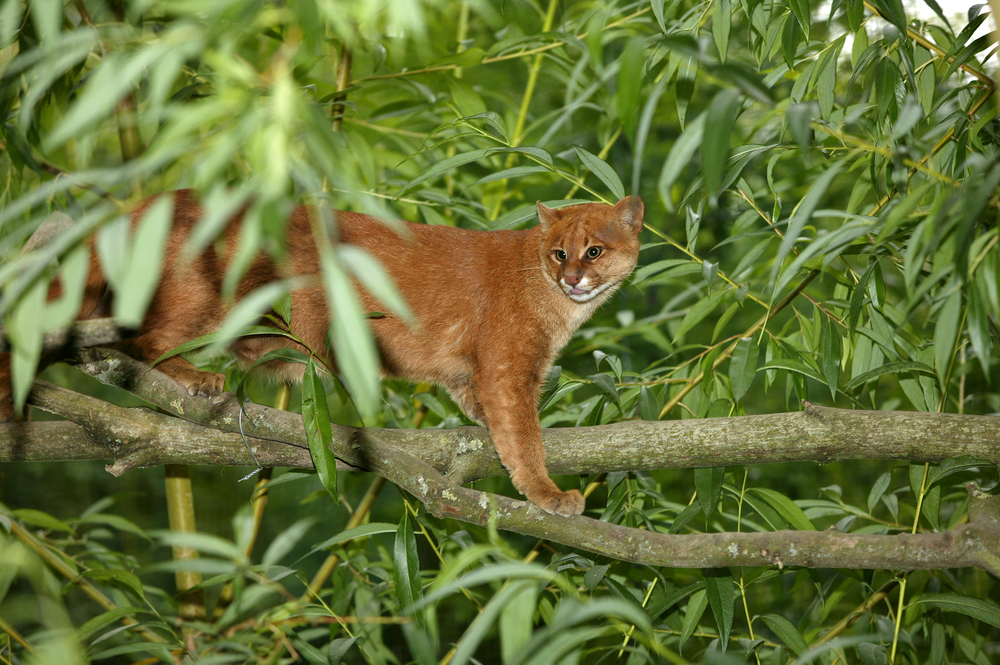Las Victorias Overview
Las Victorias National Park, known locally as Parque Nacional Las Victorias, is a protected natural area in Guatemala. Covering approximately 3.2 square miles (8.3 square kilometers), this park is located in the department of Alta Verapaz, near the city of Cobán.
It is one of the smaller national parks in the country but holds significant ecological and cultural value, particularly due to its role in preserving Guatemala’s rich cloud forest ecosystem.
The park’s terrain is characterized by lush, dense cloud forests that are home to towering oak and pine trees, as well as a variety of broadleaf species. The forest floor is covered with ferns and mosses, while epiphytic plants such as bromeliads and orchids thrive in the humid environment.
The park’s undulating hills and valleys provide a dynamic landscape, with some areas featuring small streams and waterfalls that contribute to the rich biodiversity of the region. Given its elevation and the high moisture levels, the park often experiences mist and fog, creating a mystical and enchanting atmosphere.
Las Victorias National Park is home to an impressive array of wildlife, with many species that are endemic to Central America. Among the mammals, visitors may encounter the elusive margay, a small and agile wild cat, as well as howler monkeys, which can often be heard before they are seen.
Other inhabitants include white-nosed coatis, armadillos, and various species of bats. The park is also a haven for birdwatchers, as it provides refuge to numerous avian species. The resplendent quetzal, Guatemala’s national bird, is one of the most sought-after sightings in the park.
Other bird species include the emerald toucanet, keel-billed toucan, and various types of hummingbirds. The dense vegetation and high levels of precipitation contribute to a healthy population of amphibians and reptiles, including colorful frogs and lizards adapted to the humid environment.
One of the most popular features of Las Victorias National Park is its network of trails, which allow visitors to explore the forest while experiencing the diverse flora and fauna. These trails vary in difficulty, making them accessible to both casual hikers and more experienced adventurers.
The park also contains areas designated for environmental education and research, offering insight into the region’s unique ecosystems. Due to its proximity to Cobán, it is a favored destination for locals and visitors who want to experience nature without venturing too far from the city.
Visitors engage with the park through hiking, birdwatching, and guided nature tours that highlight the significance of cloud forests in Guatemala’s ecological framework. Photography is also popular, as the misty ambiance and striking plant life provide an abundance of captivating scenes.
Despite its importance, Las Victorias National Park faces conservation challenges, primarily related to deforestation and encroaching urban development. Illegal logging and land conversion for agriculture threaten the delicate balance of the cloud forest ecosystem.
However, conservation efforts by local organizations and government agencies aim to restore degraded areas and promote sustainable tourism. Public awareness campaigns and community involvement have played a crucial role in the park’s ongoing preservation.











































































